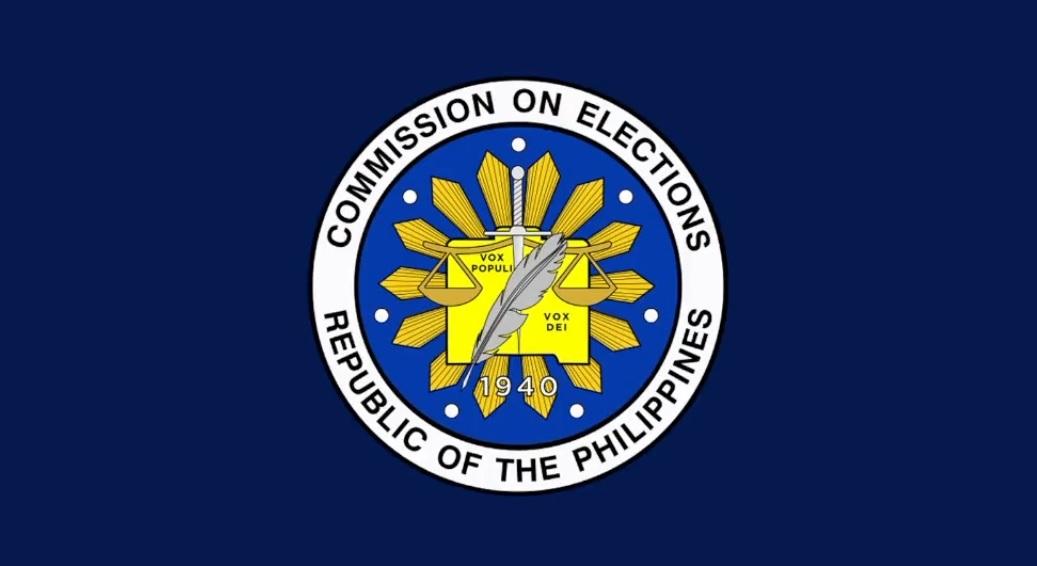
The Commission on Elections will hold its second internet voting test run from September 18 to 20 with technology supplier Smartmatic.
At a virtual briefing Wednesday, Comelec Office for Overseas Voting (OFOV) director Sonia Bea Wee-Lozada said the second part of the internet voting test run will start at 8 a.m. (Manila time) on September 18, Saturday to 8 a.m. (Manila time) on September 20.
The voting list will still be posted on the Comelec website and the official OFOV Facebook page.
The participants who joined the first part of the internet voting test run will also be the same individuals who will participate in the test run scheduled this weekend.
The participants will be coming from 70 countries and this will be done with the help of the Department of Foreign Affairs.
A closing ceremony will be done on Monday, September 20 at 1:30 p.m.
During the briefing, Parish Pastoral Council for Responsible Voting (PPCRV) Information Technology director Dr. William Emmanuel Yu, who is also a member of the Comelec Advisory Council for the 2022 polls, presented the advantages and the disadvantages of the internet voting system.
While the PPCRV supports the exploration of internet voting technology, Yu raised the challenges that this mode of election may face, particularly on transparency issues.
“There are challenges as well, number one is transparency, right? There is always this perception and this is the same problem as the [Digital Recording Electronic] type systems where, when you directly encode the vote into the machine, there is always a blackbox perception where people feel they do not know what is happening after they type in their vote. So there’s that perception with DRE and internet voting,” he said.
Although there are information security mechanisms that are in place on top of the transparency measures, such as interfaces for poll watchers and political parties like digital ledgers, blockchains or the open sourcing for the internet voting system, this would be difficult to explain to the voters, Yu added.
“So it is not as simple as saying “Don’t worry, there is a digital ledger, that’s why they can’t cheat.” I mean it is very difficult to explain things like that,” he pointed out.
Apart from transparency, Yu said while accessibility is an advantage in using the internet voting system, it is also a disadvantage for some voters in other areas or jurisdiction.
Yu said there are areas that might have connectivity or device access issues.
He cited as example the first test run last weekend where participants from China and Iran needed additional technology before they were able to vote.
Lastly, Yu said there is a need to build trust among Filipinos in using the internet voting system as citizens may have “challenges in accepting the results of a new technology that has not been widely adopted yet.”
On the other hand, the PPCRV officer said this mode of voting is advantageous to the government in terms of cost, safety, and accessibility.
The PPCRV suggested to build trust in the system by rolling out the internet voting mode gradually and focusing on groups that will largely benefit from it, such as the overseas and local absentee voters, persons with disabilities, and senior citizens.
Yu likewise recommended to the Comelec to explore transparency mechanisms for watchers and citizens to verify their casted vote.
Aside from Voatz and Smartmatic, the Comelec will conduct test runs with Indra this September.
A proper legislation is needed before the internet voting system can be used in the country’s regular elections.
Earlier, Comelec Commissioner Rowena Guanzon said it is “impossible” to use this mode of voting in the 2022 national and local elections.
In June, the Comelec signed memorandum of agreement (MOA) with three solutions providers for the live test runs of internet voting systems.
According to Republic Act 9189 or the Overseas Voting Act, the Comelec is authorized to explore internet-based technologies for overseas voting. — RSJ, GMA News

0 Comments